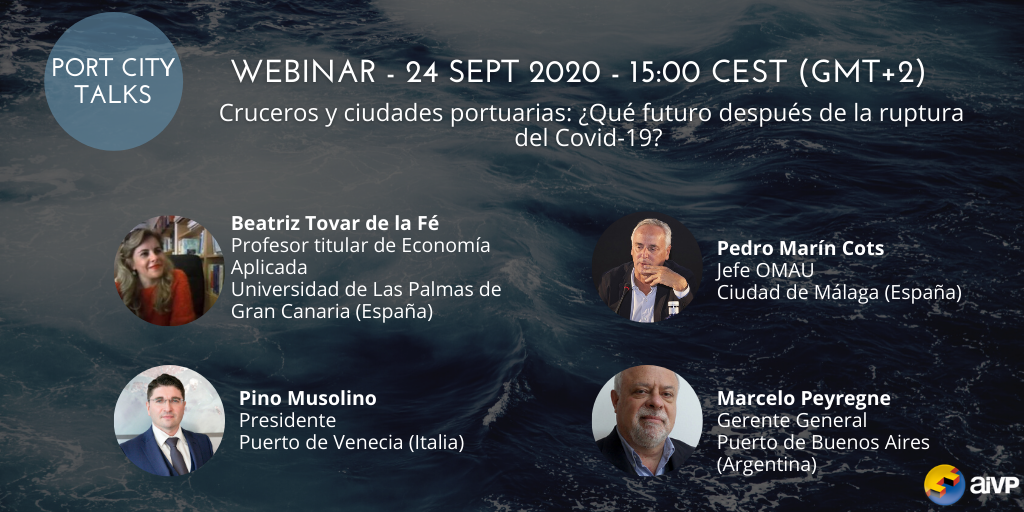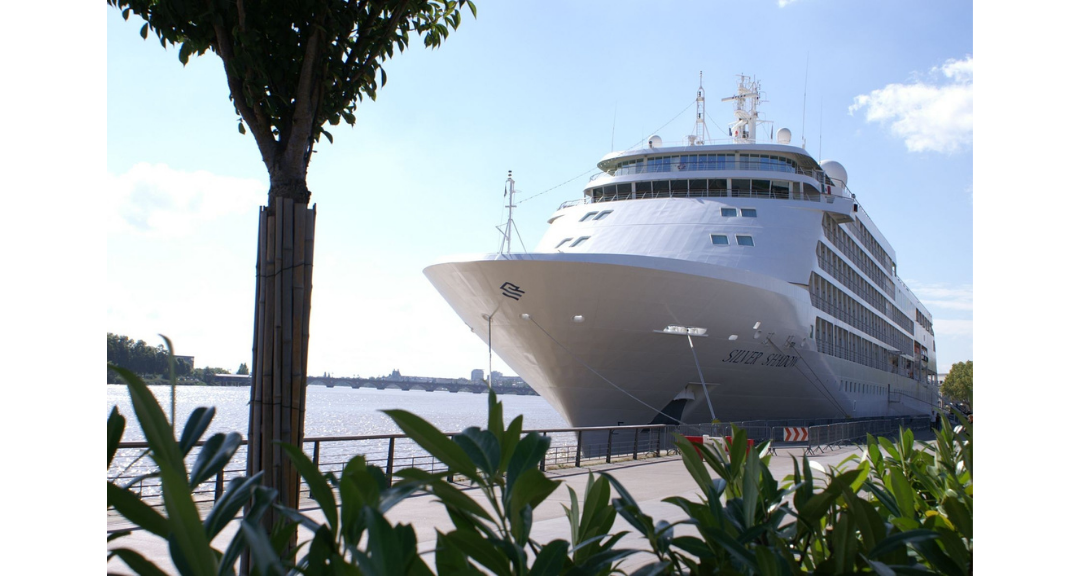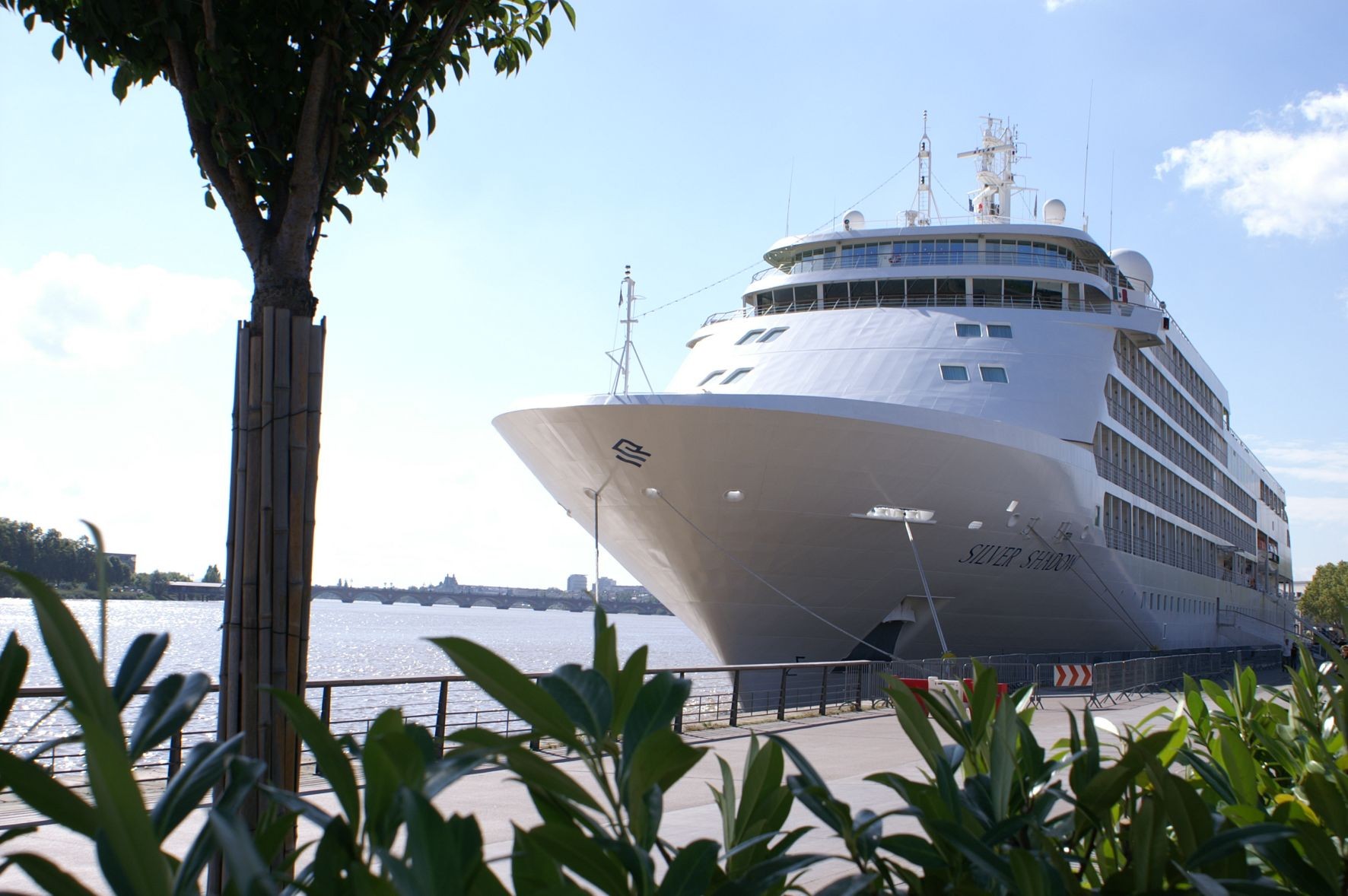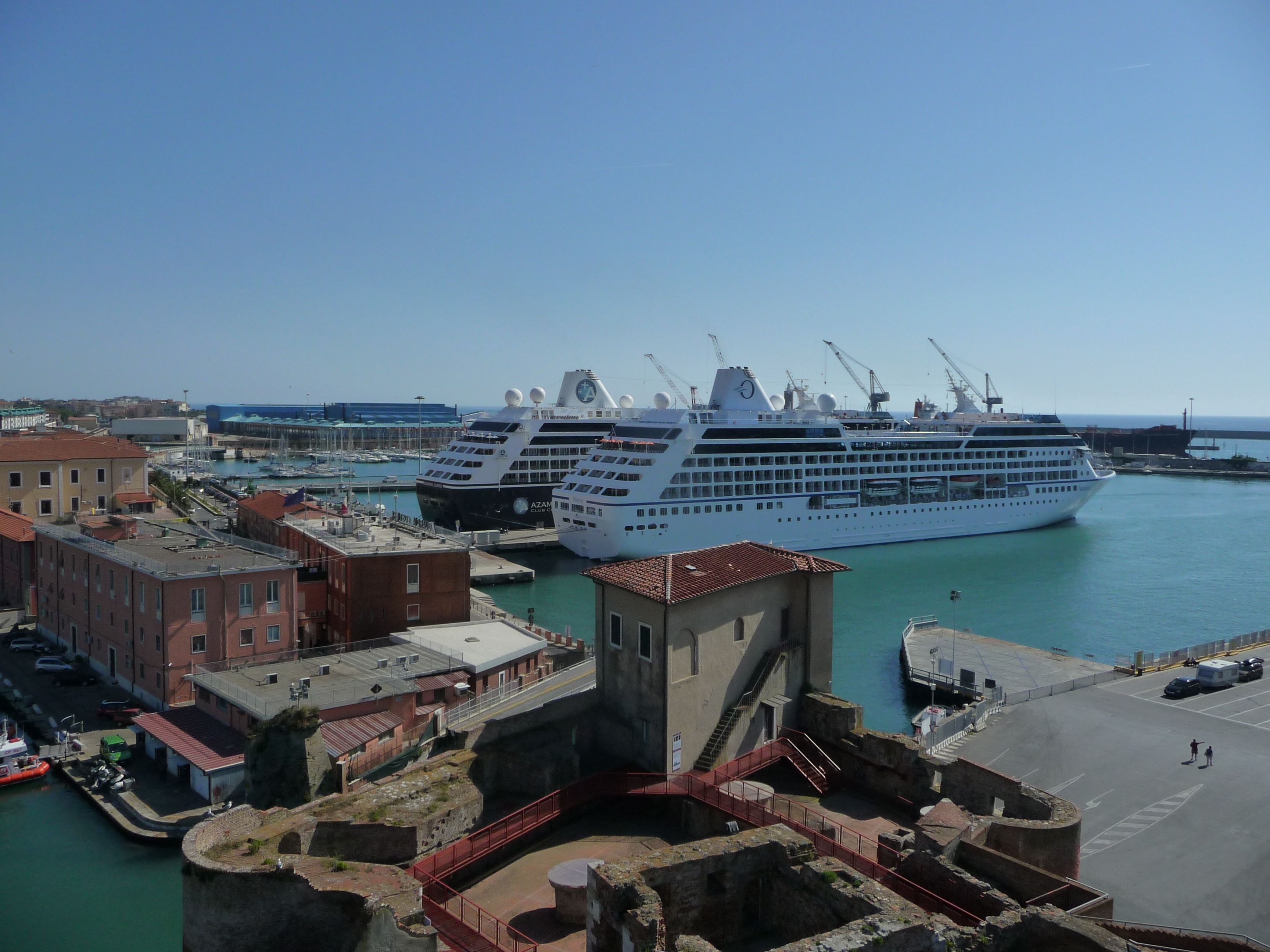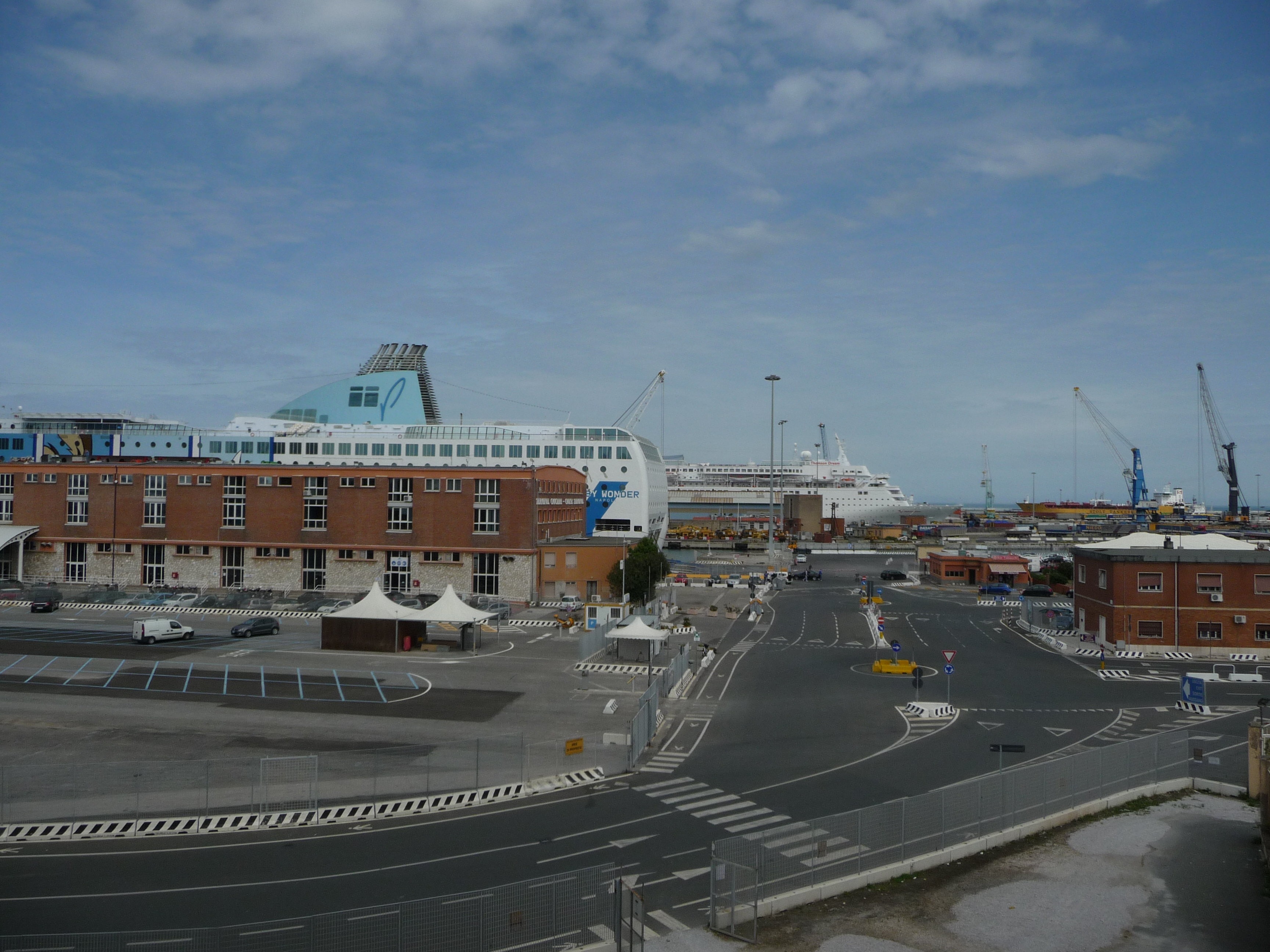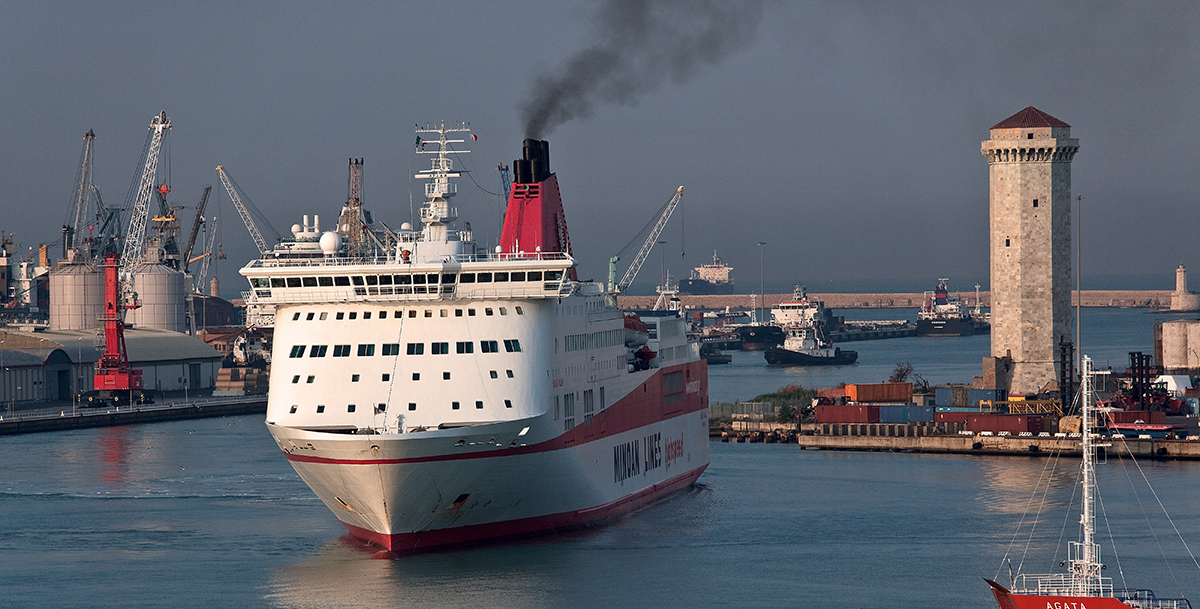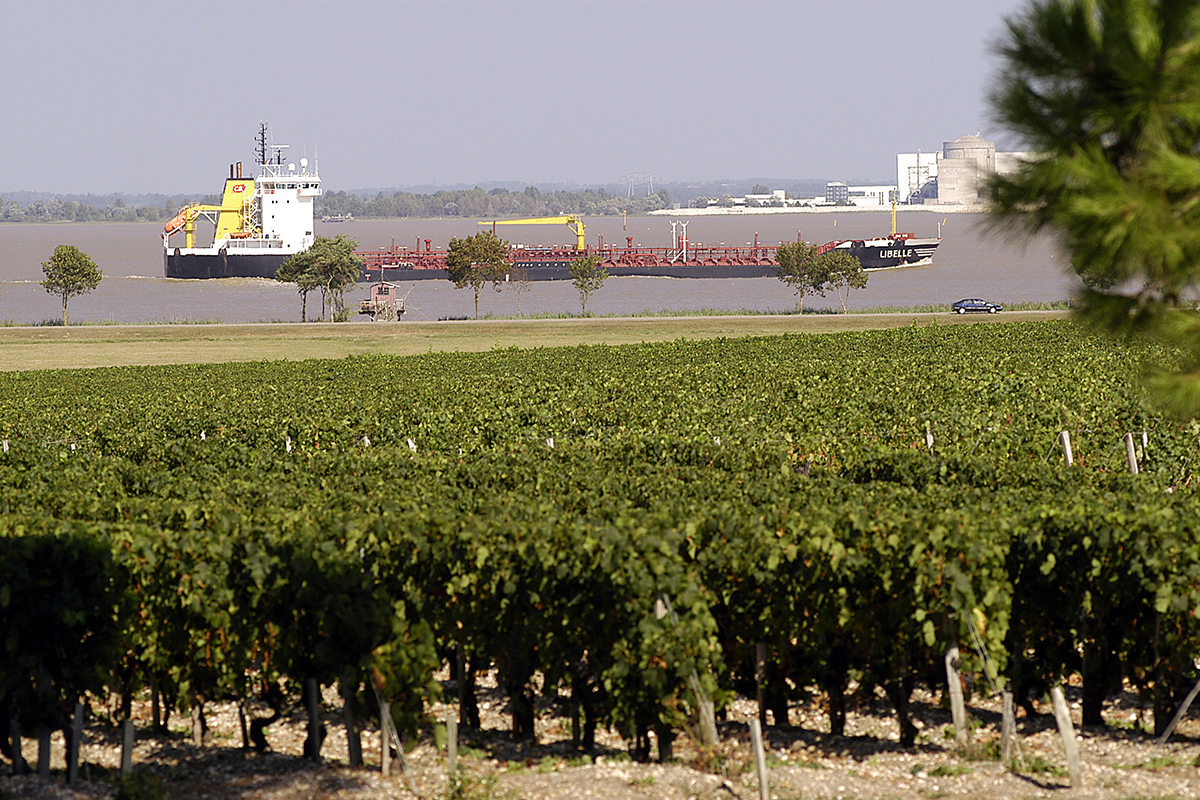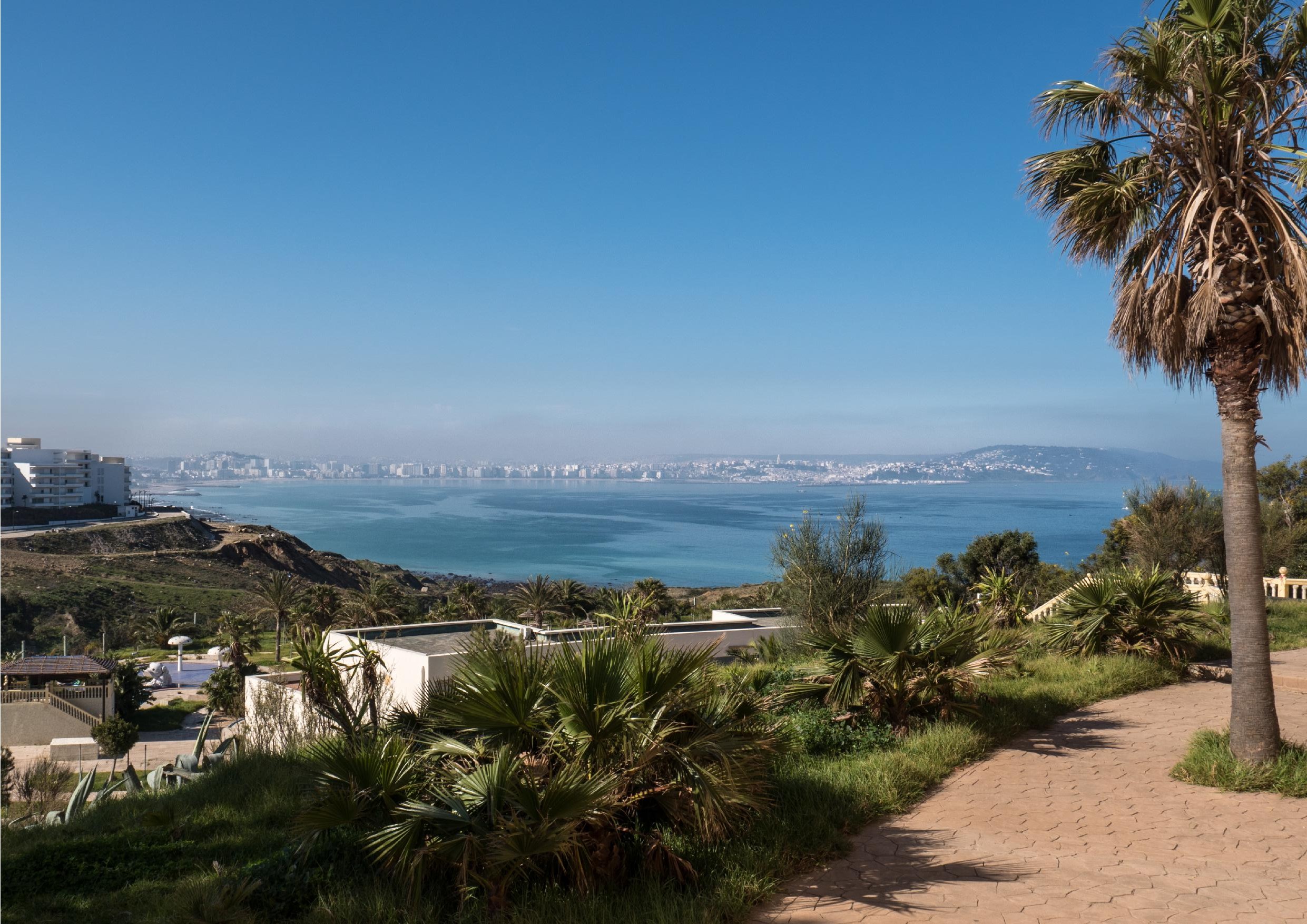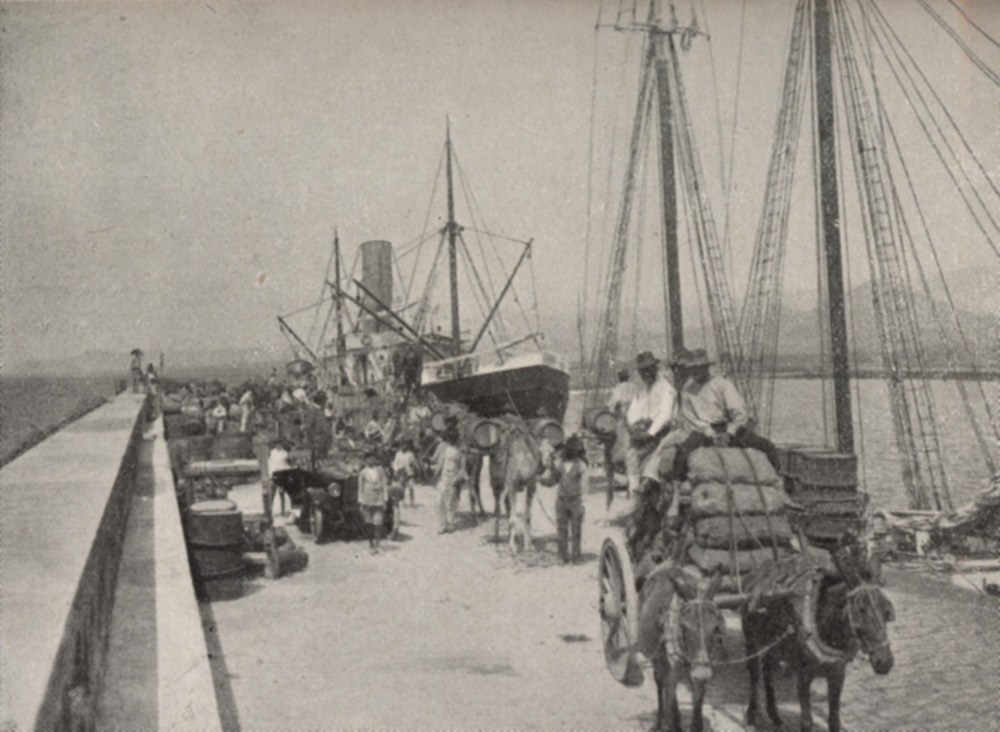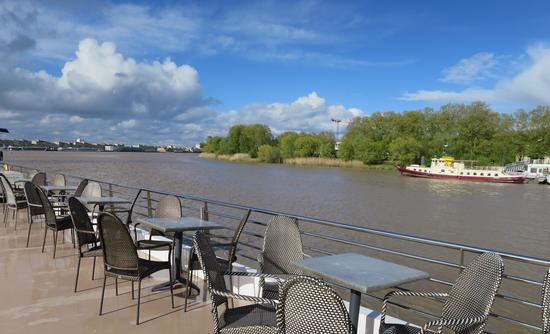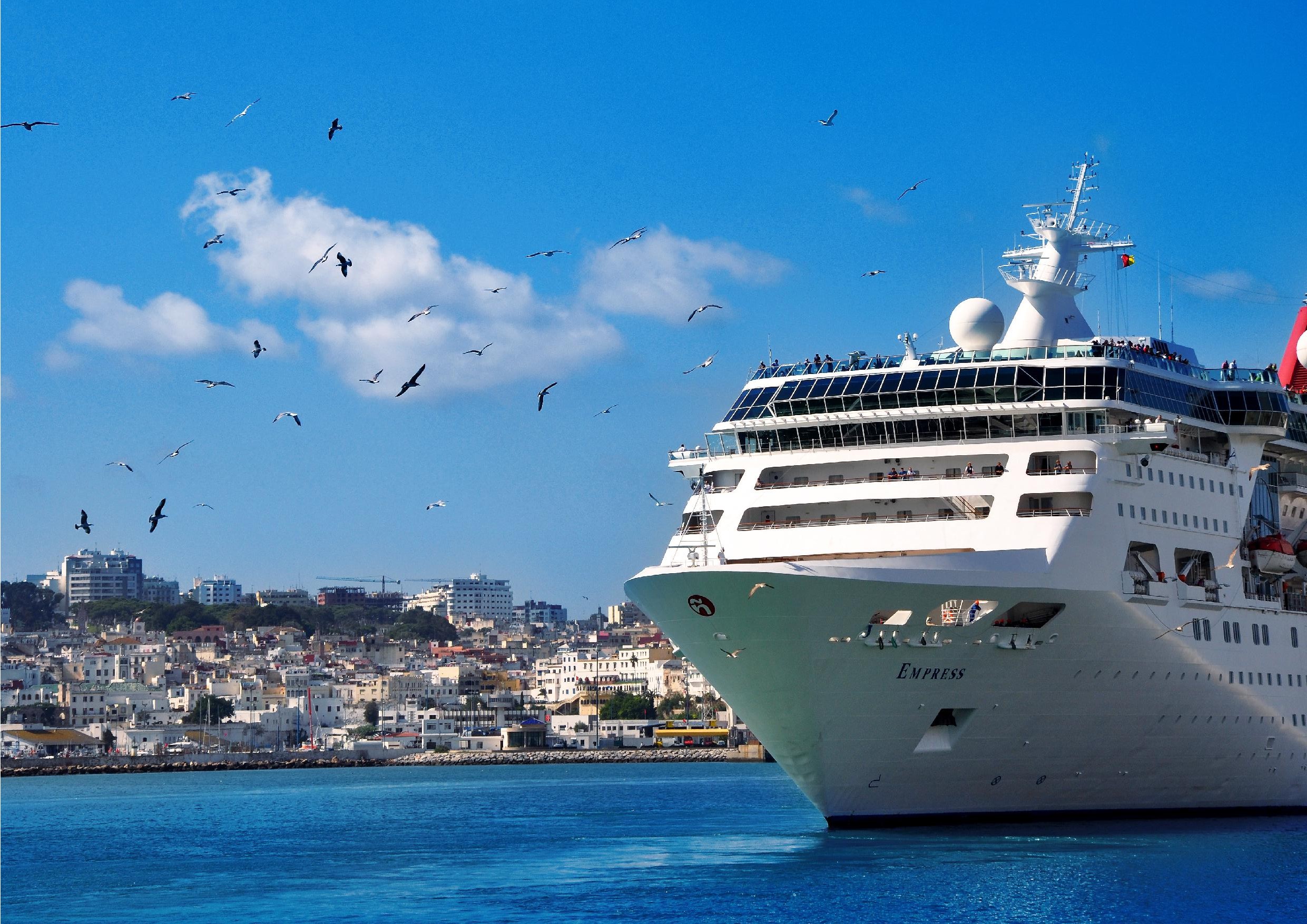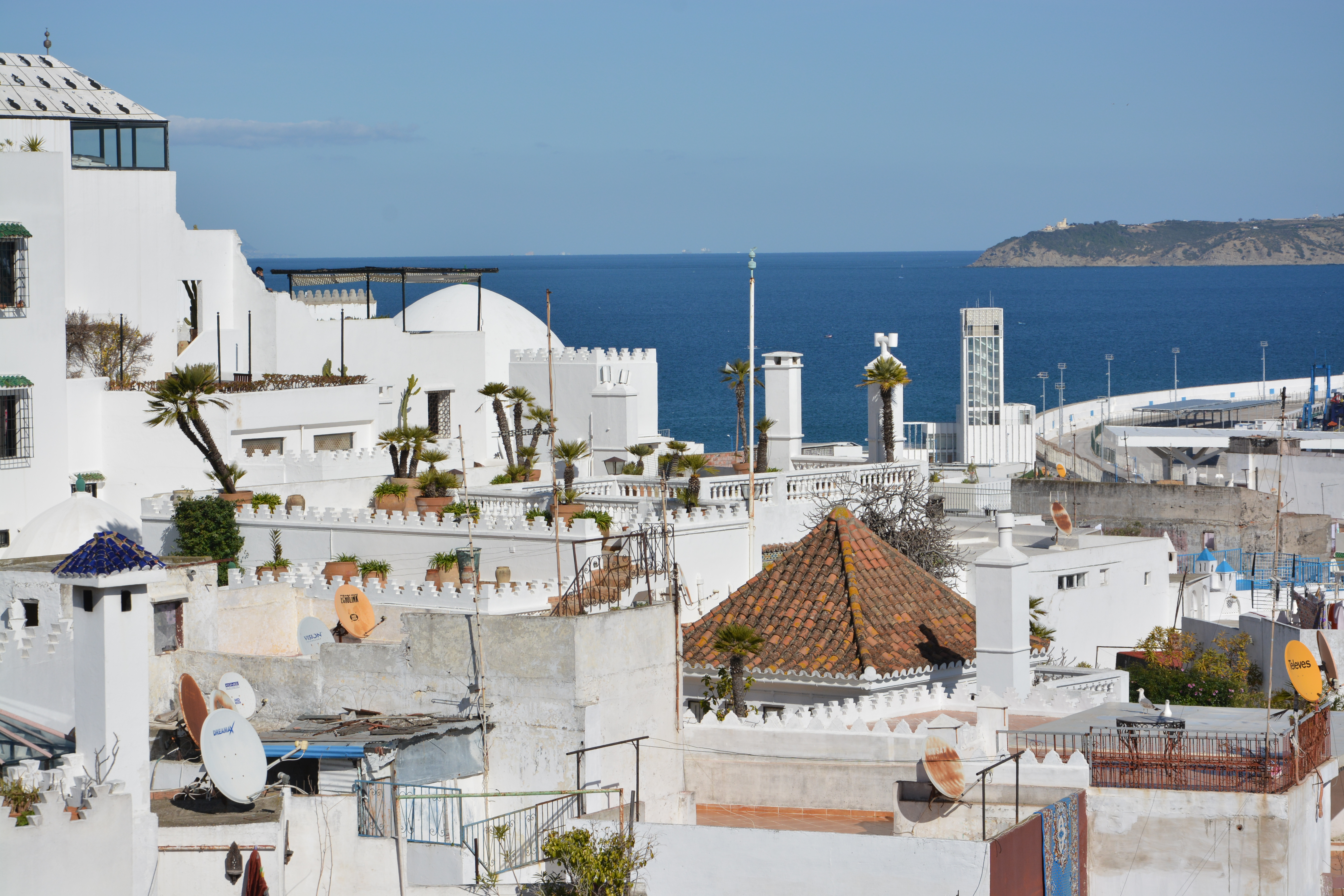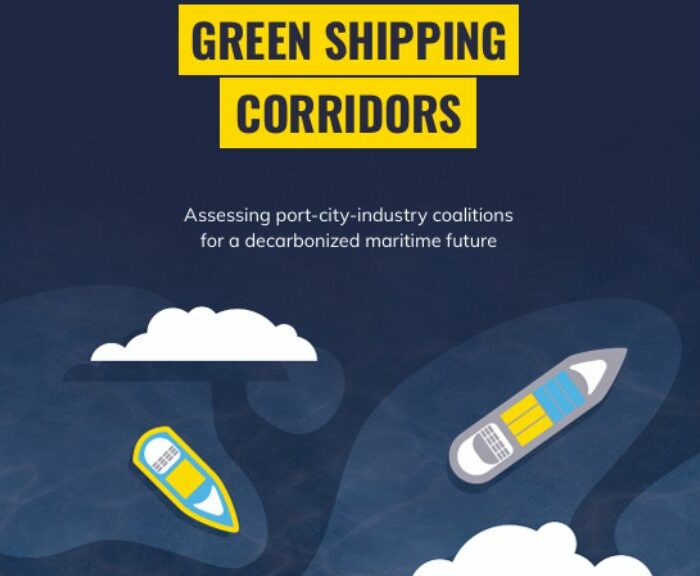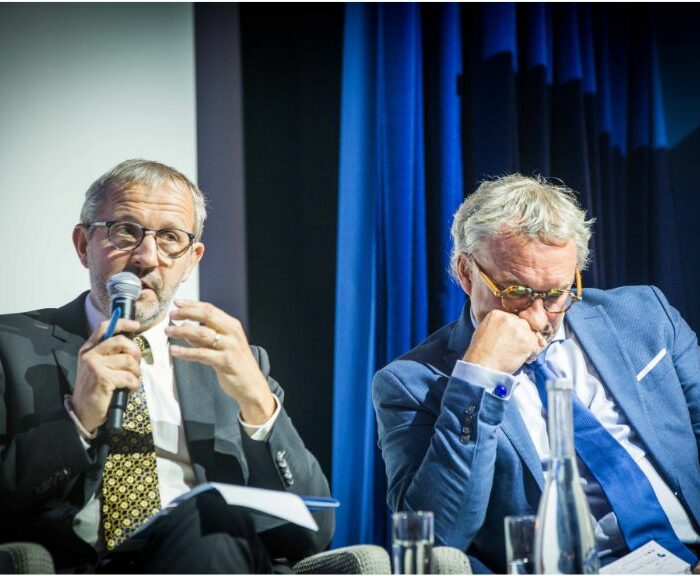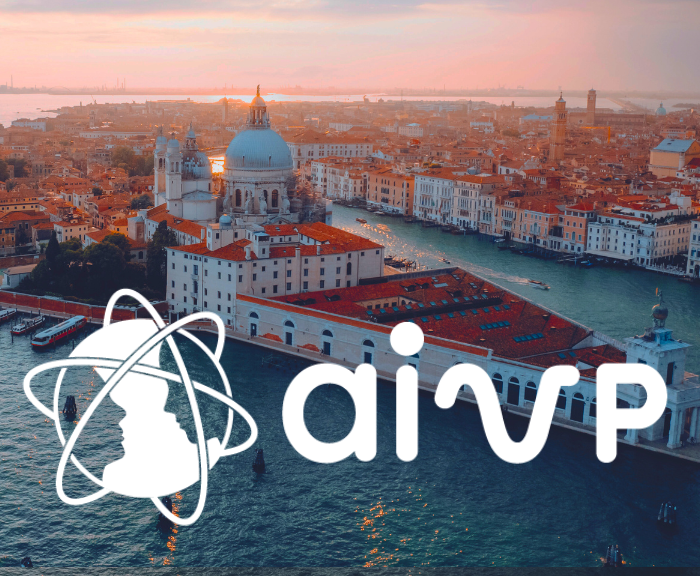Opinion article coordinated by Francesca Morucci, Head of Public Relations Office, Port Authority of the North Tyrrhenian Sea (Italy) and José M. P. Sanchez, International projects manager, AIVP, with contributions from Laurence Bouchardie, Head of the Marketing Department – Bordeaux Cruise manager, Port of Bordeaux Atlantique (France) and from Jamil Ouazzani, Director of Marketing and Strategical intelligence, Management company of the Port of Tangier City (Morocco).
Bordeaux (France), Ports of the North Tyrrhenian Sea (Italy), and Tangier (Morocco): ports and cities in three countries faced with the resumption of cruise activity
Health has been without discussion the major topic of the year 2020. Additionally, about one month ago the terrible incident in Beirut raised once again concerns about the compatibility of port and urban activities, and the health and quality life of citizens living in proximity of active ports. This general framework confirms the choice of AIVP to include in the AIVP Agenda 2030 one additional goal, number 9, dedicated to the health and quality of life of port city citizens.
At the time when “we were happy and did not know it”, as the saying goes, we perhaps oversimplified the main concerns included in Goal 9 of the Agenda. The subgoals we considered, focus mostly on the environmental externalities of port activities in urban settings. We explicitly emphasized environmental monitoring and transparency, the quality of the water, green facilities, the impact of cruises and the need to prioritize clean ships and slow steaming. Nevertheless, these are crucial aspects for the port-city relationship and need a more serious debate post-COVID so we can learn from experts and each other at the same time, about the best solutions for different port cities. For that reason, we decided to dedicate the first month of our autumn programme to Goal 9 of the AIVP Agenda 2030.
Health and Life Quality : a top-priority for AIVP since 2018
In June 2020 we hosted the Port City Talks, a series of three webinars to discuss crucial topics for AIVP members, ports and cities. One of them, focused on cruises in port cities, gathering the expertise from actors directly involved in the sector, coming from Chile, France, Italy, and Morocco. In this session, the speakers introduced interesting initiatives that could inspire port city actors in other regions. Additionally, they came back to the fact that the topic of cruises and port cities is linked to far higher complex environmental issues, such as GHG emissions and socio-economic phenomena such as mass-tourism. Since June, this unusual summer period in the northern hemisphere has severely disrupted the traditional high season for tourism, including cruises, in many regions.
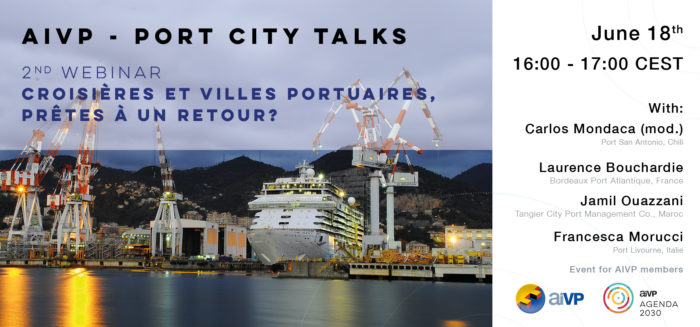
As we mentioned a few months ago during the webinar dedicated to cruises traffic, one of the few positive aspects of the forced stop to many economic activities is the opportunity to reflect on the way we were acting. After some months, we want to share some reflections on the situation of cruises in port cities and the potential way forward. The point of departure is not “do we want or do we not want” cruises but in which way cruises could change in order to cope with this challenge, to collaborate with the cities, to promote a more economic and environment respectful tourism. The key idea that emerges is that we need to make cruises overall more sustainable economically, socially and environmentally. However, it seems the message has not yet reached many of the relevant stakeholders with decision making capacity in the industry and further debate is needed.
Italy, Morocco, France: to each country, its solution – AIVP’s analysis
In this article, we will comment the return of cruises and the opportunity it provides to rethink the sector and make it more sustainable. We will observe the situation in three contexts: Bordeaux, the ports of the North Tyrrhenian Network (Livorno, Piombino and Portoferraio) and Tangier. We will try to answer to the questions here presented, with examples from these three port regions and what issues remain demanding further cooperation and discussion.
Cruise-city-territory relations before the pandemic?
Before the outbreak of the COVID-19 pandemic, the growth of cruise traffic was already a highly controversial issue, particularly in certain European port cities where local stakeholders have now started to criticise the economic, environmental and social impacts.
“Old” and “new” worlds of mass tourism
There is increasing debate about the facilities being built to accommodate cruise vessels and passengers, while concerns over the environmental externalities are merely exacerbated by the fact that the economic benefits for the city or the local area are often unclear. Meanwhile, the different procedures that surround cruise activity are often seen as excessive, as exemplified by the safety arrangements required to accommodate mega-ships, which require a complex logistics chain that is not always within the reach of local communities. On the one hand, there are the representatives of the “old world” of cruises, especially in Europe, who are beginning to feel the strain under the sheer weight of disadvantages brought by the cruise business – which often dumps several millions tourists a year onto their docks, and then onto their cities. On the other hand, there are the port cities of the “new world”, particularly in tropical regions, which are home to many islands for whom growth in cruise activity is still viewed as an economic engine that creates jobs. For them, the drawbacks still seem manageable, though they are not bringing scale economies.
The challenges of mass tourism : examples from Venice, Barcelona or Lisbon
The environmental and societal externalities, which are becoming increasingly clear in all parts of the world, and also the doubts surrounding the economic benefits, are now coming under the public spotlight, and have drawn comments on several occasions by a variety of different organisations. Environmentalist groups, such as NABU or Transport and Environment, periodically publish reports pointing to this industry for the pollution caused by its massive ships, both on-shore and in open-seas. However we have also witnessed in recent years that major players in the sector are implementing new technologies to reduce this impact by investing on new ships, responding to new regulation and progressively benefiting from On-shore Power Supplies (OPS) with sustainable sources. It is crucial that the efforts to diminish environmental externalities persist in the post-COVID recovery, despite the foreseen economic crisis.
In social terms, cruises have become the symbol of mass tourism, even though they are not the single cause. Comparing figures of visitors to major cities hosting cruise ports, we can easily notice that the majority of tourists arrive through the airport. However, the very extractive nature of cruise tourism and its type of visits, based mostly on large groups, focalised the impact on urban areas, which are already sensitive. Local groups are becoming increasingly organised to protest the tourism industry, including cruises. We could see protests in the local newspapers in some historic cruise destinations such as Venice or Barcelona, or in raising destinations like Lisbon.
“All included” packages, a trap which favours oversized mega-ships?
Economically, there is also an increasing discussion regarding the advantages of cruises in the hosting cities. While for home ports the gains are associated to the expenditure of tourists in flights and hotels in the previous or following nights to departure or arrival, for ports of call, there are more doubts. In addition, with all-inclusive packages being a core feature of cruise marketing, cruise ships themselves are becoming tourist destinations in their own right. The main economic drivers of cruise vessels are their capacity and the extra on-board facilities, especially in the area of entertainment. These generate additional income for the owners, but at the same time they eat into the passengers’ budget, leaving them less to spend in their destination. To ensure their on-board services remain profitable, these vast vessels also spend relatively little time in port cities, further reducing the potential for passengers to spend money on-shore. These short stopovers generate peaks in vehicle and pedestrian traffic, whereas the capacity of tourist attractions and venues is limited, resulting in a frustrating experience for many cruise passengers.
Before the crisis : permanent extension of cruises
Prior to the arrival of the COVID-19 crisis, port cities generally found themselves in one of two situations. Although social tensions around cruises gather much media attention, there are many other port cities competing to attract stopovers or become a homeport. This shows that while in some cases the negative externalities point towards social rejection of cruises, in others, in the same routes or countries, the positive outcomes are still desired and consider worth investing in infrastructure or marketing campaigns. Further on, in the same cities where citizen’s collectives protest against cruises, economic actors and public institutions defend the presence of cruises for their economic impact and the jobs associated to it. This duality is also visible in the approach towards the negative externalities.
In those with highly developed cruise activity, there was (and is) a need for local stakeholders to coordinate their actions and involve the industry, in order to mitigate the negative impacts and regain a degree of equilibrium, even if that means restricting the numbers of ships and passengers. Meanwhile, port cities newer to the cruise market need to learn from past experience, and chart a way forward that enables them to structure their growth and tackle negative externalities. This situation is aggravated by the fact that ports, and especially privately-operated terminals, are at the mercy of cruise lines that can pile on pressure to cut prices, demand additional investments and services, and ultimately threaten to remove the port from their roster of destinations. The threat is a very real one, and could potentially lead to a collapse in volumes for certain ports, given the tendency of cruise lines to enter into alliances and agreements to share vessels.
On the Tyrrhenian Sea, very watchful citizens
One example of the situation described above can be found in the Ports of the North Tyrrhenian Sea. In Livorno, where cruise activity has been growing since the 2000s, local stakeholders are now increasingly faced with criticism from civil society, which is seeing more the negative externalities and less the economic benefits for the city and the local region. A gateway to the artistic towns and cities of Tuscany, Livorno is visited by cruise passengers but only to a limited extent, often as they return from official excursions organised by the cruise line. During stopovers, it is frequently the ship’s crew that visits the city and spends on goods and services locally, but despite its advantages this does not generate a sufficient impact for Livorno’s economy. Conversely, Piombino is a city that has not seen (or perhaps not yet?) any growth in this type of traffic, which local stakeholders are now eyeing with interest. After the pandemic, cruise activity could represent a major opportunity for minor ports which, often being in lesser-known locations, are better placed to promote sustainable tourism and therefore able to forge a greater degree of authenticity.
Another relatively new polemic has been associated to the development of cruise terminals. These facilities are often a “must-have” infrastructure to negotiate with cruise lines. Even though the terminals can become junctions for port-city interactions, their location can cause some controversy. On one side, a cruise terminal close to the city centre can provide environmental advantages, since passengers could disembark near the main attractions without using other polluting transportation. On the other, having cruises in central locations means that the polluting exhaust fumes directly affect the populated areas. Additionally, a central location may motivate tourists to visit popular areas rather than exploring new options.
The dilemma that many local and national governments were facing before the pandemic regarding tourism and particularly cruises related to a global phenomenon and the immense growth of urban tourism and international travel in recent years. In many cases, we could say that the most massified tourism destination are victims of their own success. In the years before the pandemic more drastic measures were taken in the most crowded port cities. One famous example is the case of Dubrovnik, where the port authority decided to cap the number of cruise ships and passengers allowed to dock and disembark. Another approach is increasing the so call “tourist tax”, in order to compensate the hidden costs of tourism.
This has been the path cities like Amsterdam or Venice are taking. In the Dutch case, since 2019, cruise passengers making a port call must pay an additional 8€. This measure has already led to 40% less cruise calls in 2019, raising significant concerns among the cruise terminal operators. The city of Venice is following a similar path with a new tax applicable to day-tourists starting on July 2020, arriving by any transport means. In the Italian case, the tax will be adapted to the number of visitors in each day, based on the statistics of the previous years. This way, the tourist that visits the city on a calm day will only pay 3€, while in critical days it could be up to 10€. The question remains if in the new post-pandemic context, local authorities will continue with these measures or if they will postpone them to incentivise tourism as a vector for the economy recovery, albeit in a more sustainable way.
Between hope and cautiousness : cruise-city relation in Bordeaux
In certain cases, the relationship between port cities and the cruise industry was fairly well balanced, owing to the relatively small number of cruise stopovers and passengers, or the layout of the port installations. For example, in the case of Bordeaux (a city with a population of 800,000, which normally welcomes between 6 and 7 million tourists annually), where large cruise ships moor in Verdon at the mouth of the Gironde estuary, with no particular restrictions (this being a “commercial” port located a good distance from residential areas). The city centre terminal has space for only two smaller vessels to dock, with a length of no more than 260 metres and a tonnage limited by the sailing restrictions posed by the river itself. This terminal therefore serves as a “boutique port”, hosting luxury vessels carrying between 80 and 1,000 passengers, and up to a maximum of 1,500 to 2,000 per day, although this figure is rarely reached since these vessels operate on a less intense schedule and tend to stay for one or two nights. So the economic benefits for Bordeaux and the local area are very substantial, both because the passengers visiting have a high level of purchasing power, and because the stopovers are longer, at the heart of the city, close to all of the shops and restaurants.
However, Bordeaux’s advantages (an exceptional setting, a stopover in the centre of a UNESCO listed city, with all activities, shops and restaurants close by) are in fact a source of controversy and concern for some residents or opponents, who have complaints about the proximity of ships and the pollution they supposedly generate. A 2018 study , carried out over a period of more than two months during the high season by the body responsible for air quality in Bordeaux (ATMO), found that even a during a DOUBLE APPEL, pollutant emissions were well below permitted thresholds, and their impact on pollution levels in the city was “marginal”. Sadly, these very real and factual arguments have been insufficient to calm the most vociferous critics, pointing to a challenge that will take some years to overcome and highlighting the need for better communication, particularly on social media, where these groups are highly active. The issues of emissions from large river craft was resolved by providing electricity directly to berths, but for sea-going vessels this is a more technically difficult solution, since they require much more power. The port and its partners (city, conurbation, and pilots), mindful of the need for cruise activity to be accepted and keen to take account of residents’ concerns, have produced a Charter of Good Environmental Practices to minimise the impact of stopovers in the city centre. Cruise lines are obligated to sign up to the charter in order to access the docks.
Regenerating the waterfront to stimulate cruises – the case of Tanger
For another perspective on the same issue, consider the waterfront regeneration projects which treated cruise tourism as one of their main components, as is the case of the Port of Tangier City. Launched in 2010, the project aims to establish the Moroccan city as a leading tourist destination in the international markets, whilst finding an environmental and cultural balance. The development of cruise activity, ferry traffic and the marina is linked to other commercial areas. This operation was developed on the basis of dialogue between the various stakeholders in the tourist sector, and in particular cruise operators. The good results obtained thus far from port-city dialogue and the waterfront regeneration could be put at risk by the shutdown of cruise business and tourism in general.
It is not too early to say that COVID-19 has already had a dramatic impact on the cruise sector, and that the tentative recovery in certain European countries (Germany, Norway, Italy, etc.) is at threat not just from the risk of a second wave, but once again from the poor image that has now been associated with the industry for some time. Although climate change and mass tourism are global phenomena that reach far beyond port cities, cruise ships have come to symbolise them in the eyes of wider society.
Pressure from the public tends to influence urban and port governance, especially in Europe, where the balance is most fragile. In the wake of the COVID crisis, the cruise industry has entered a new phase, in which it will need to overcome its own issues and the conflicts it was already generating, and view the pandemic as an opportunity to accelerate efforts aimed at managing traffic and its impacts on port cities more effectively.
The shutdown and resumption of cruises
Since the beginning of the pandemic, cruises have been in the spotlight for negative reasons. In different regions of the world, cruise ships were identified as outbreaks of cases, leading to complex situations in which local authorities or populations rejected their disembarkations. The industry, forced by the different national authorities, reacted to this tough situation by cancelling their planned cruises for the following months.
Brutal recession and global crisis
In 2020, the cruise industry was expected to reach 32 million passengers worldwide. Then COVID-19 occurred and operations were halted globally, causing significant issues for all stakeholders. It is evident that the forced stop of these activities is having a considerable impact, especially in port cities and associated industries. Among cruising companies, Carnival Corporation announced the revision of the sales plan of their ships and the future selling of 15 cruise ships. Even smaller companies have suffered from the pandemic disaster, in fact the German tour operator FTI Group announced the closure of their cruise branch (FTI Cruises) as part of a group-wide restructuring. In the most recent study from CLIA, the lobby organisation indicates that for each day of the suspension of cruise activities in USA, there is a loss of $110 million and 800 direct and indirect jobs. In countries where the tourism industry is the main source of income for many families, these are relevant figures that can lead to a dramatic social scenario.
Cancelations and limitations : last stopover for 2020’s cruises
As the situation evolves, the timeline to reactivate cruises has been constantly postponed in most cases. The ban on cruises in countries like the USA or Canada until the end of the summer, was followed with the reaction from the lobby organisation CLIA, announcing the cancellation of all operations until the end of October, effectively ending the season in some of their major markets.
This happened after the US Center for Disease Control and Prevention (CDC) extended its ‘no-sail’ order . In the meantime, the CDC solicited the public’s contribution by September 21st to establish the future orientation of public health and the preventive measures relating to cruise ships.
In Europe, during the summer, several public and private stakeholders prepared and issued guidelines to help the cruise activity resumption . While everybody agrees on the fact that the restart has to be gradual, all the operators need to ensure that cruise trips do not expose passengers and staff to health risks. On July 27th, EMSA (European Maritime Safety Agency) and ECDC (European Centre for Disease Prevention and Control) issued a “Guidance on the gradual and safe resumption of operations of cruise ships in the European Union in relation to the COVID-19 pandemic” which is meant to be the most official one for EU/EEA flagged ships engaged in international voyages and for ships calling at EU/EEA ports, irrespective of flag.
Its objective is to facilitate a safe re-start of cruise ships’ operations in the EU, by recommending minimum measures to be implemented by all those concerned, while maintaining general safety and security standards.
A risky challenge on the Mediterranean: restarting cruises traffic
In practical terms, in regions where the COVID-19 spread earlier in the year, like the Mediterranean, some countries decided to give the opportunity to restart the traffic. Greece has re-opened six ports to cruises: Piraeus, Rhodes, Heraklion, Volos, Corfu and Katakolo and cruise ships are allowed to visit any of the ports, after completing clearance at the first Greek port. In Italy, after the Government released a specific decree on July 31st in which new rules regarding the spread of the COVID concerned also cruises, the National COVID-19 Technical Scientific Committee wrote on August 5th a document starting from the safety protocol defined by the Italian Health Minister together with the Minister of Transport and Infrastructure and aimed at ensuring a safe restart of cruise operations. This document allowed the Government to release another specific decree on August 7th through which, among other issues, it gives formally the final green light to restart to cruise ships. On August 16th the MSC Grandiosa, laying up in the port of Genoa, has been the first cruise to restart, welcoming only Schengen’s area guests with an itinerary calling Civitavecchia, Napoli, Palermo and La Valletta, where the authorities have approved the health and safety protocol to support the restart of operations and re-opened the port to cruising . Costa announced its first post-lockdown itinerary from September 6th.
In other countries, most major cruise companies have postponed their activities until September or later, but in many cases have cancelled the season. While there are some companies like Tui Cruises that have restarted, they are proceeding with restricted itineraries and occupation, becoming an exception to the rule. In other regions, like South America, the situation remains unclear due to the complex coordination of travel bans, forced quarantine for foreign visitors and new security rules. For example, in Chile, the industry already considers the cruise season for 2020 to be lost. In this situation, sub-sectors such as river cruises may have an advantage. In European rivers such as the Danube, Rhein and Main, passenger ships have operated since June, albeit in reduced number and frequency. Another example are the cruises from CroisiEurope that started to navigate in the Seine river in France since mid-July.
The situation in the ports of the three countries studied
Italy – Ports of the North Tyrrhenian Sea (Livorno, Piombino and Portoferraio)
As far as cruise traffic is concerned, the ports of the North Tyrrhenian Sea hosted no stopovers during the pandemic, and although MSC and Costa have begun operations once again, in mid-August and September respectively, they are not currently not visiting any of the ports. At the time of writing, however, other lines do have reservations in place for the autumn. For Livorno, for example, there are 21 stopovers scheduled for the period leading up to December, while the other ports have around thirty altogether. Yet there are several indications to suggest that cruise traffic in the ports of the North Tyrrhenian Sea, as at the other ports considered in this article, is unlikely to return to normal until 2021. An optimistic scenario would see normal service resumed in the autumn, whereas a more pessimistic prediction would be early 2021. In both cases, the economic loss caused would result from a sharp drop in spending in three areas: by passengers, by crew members, and on services, including technical and nautical services and passenger hospitality.
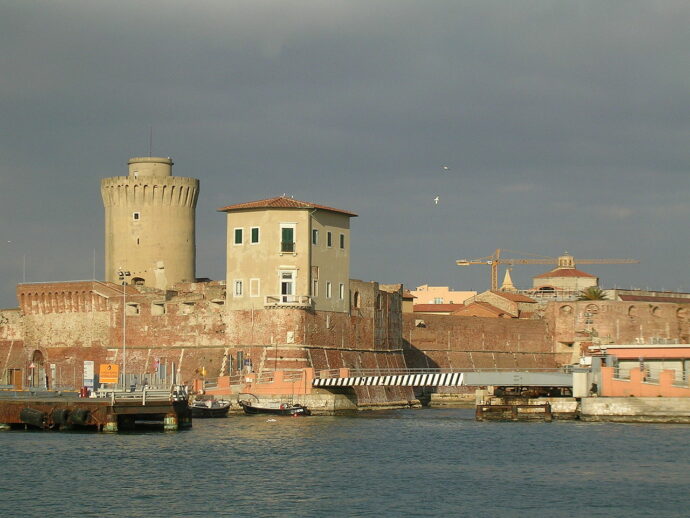
Between January and March 2020, Livorno saw just nine stopovers, with 18,459 passengers, while no cruise ships at all called at Piombino and Portoferraio . When compared with the figures for 2019 , it is easy to see just how significant a loss the ports in this region have sustained, along with all cruise ports.
Earlier this year, two ships provided a certain visual impact, both positive and negative. The Costa Diadema was laid-up at the port of Piombino from 29 March to 4 June, with 1,255 passengers – all crew members, some of whom were infected with COVID-19. Meanwhile, the Seven Sea Voyager was laid-up at Livorno from the end of May, with 108 COVID-free passengers on board. The vessels provided a negative spectacle, in as much as they were a clear reminder of the pandemic. However, there was a positive aspect, in the case of Piombino for example, as for other port cities with minimal cruise traffic, which are not yet fully familiar with its advantages and potential disadvantages.
France – Bordeaux
No cruise ships stopped at ports of call in France until mid-July, with a predictable impact on all of the ports and destinations concerned. The Port of Bordeaux had been all set for a record season between April and October 2020, expecting to welcome 65 liners and almost 50,000 cruise passengers to its various sites, mainly in the centre of the city. In Bordeaux, we are visited by passengers from over 80 countries, but 40% are American, 25% British, and 20% German.
As a result of the spread of the pandemic, particularly in the US, and the quarantine recently imposed by the UK, the end of the season cannot now be saved. One of the rare positives came from the operator Ponant, which was able to organise a summer deployment in France, sailing from certain French ports (including Bordeaux) with a very strict protocol and a very limited number of passengers. Although the new regulations allow up to 250 passengers, the Ponant only embarks 80 every Saturday for a coastal cruise.
COVID-19 has also affected cruises on inland waterways. Under normal circumstances, the five operators which run cruises in the Garonne/Dordogne/Gironde estuary would have had 28,000 passengers per year, mainly Americans, British and Australians. Given the restrictions imposed on travel, these activities have been severely impacted. One of these companies, Croisieurope, made its ship Cyrano de Bergerac available to accommodate health workers during the lockdown. Later, in mid-August, the ship returned to service in Bordeaux, but all of the other vessels have remained out of action.
Morocco – Tangier
In the case of this North African country, the Merchant Navy Department decided to temporarily suspend access to Morocco’s ports for all cruise ships, pleasure craft and passenger ferries from 12 March 2020. The economic impact was obviously considerable, but was the price to be paid for effectively limiting the spread of the virus in the country. The tourist industry was completely shut down. Initial figures from the Moroccan Tourist Board painted a picture of a sector virtually at a standstill owing to the unprecedented crisis. On 1 April 2020, booking numbers were down by 98% year-on-year.
The impact of this dramatic situation on revenue was felt immediately by the city of Tangier, and in particularly the Port of Tanger Ville, one of the biggest players in the region’s tourist industry. For several reasons, 2020 was originally expected to have been an excellent year for the cruise business, with positive trends in terms of new deployments and a predicted increase of 31.3% in passenger numbers compared with the previous year.
Responses and measures for port cities for the resumption of cruise activity
The main shared sentiment around the globe today is uncertainty. As cruise companies constantly postponed their return date and several considered the summer season to be lost, the need to react and reactivate the economy became clearer.
Local responses to a global issue: tyrrhenian and canarian examples
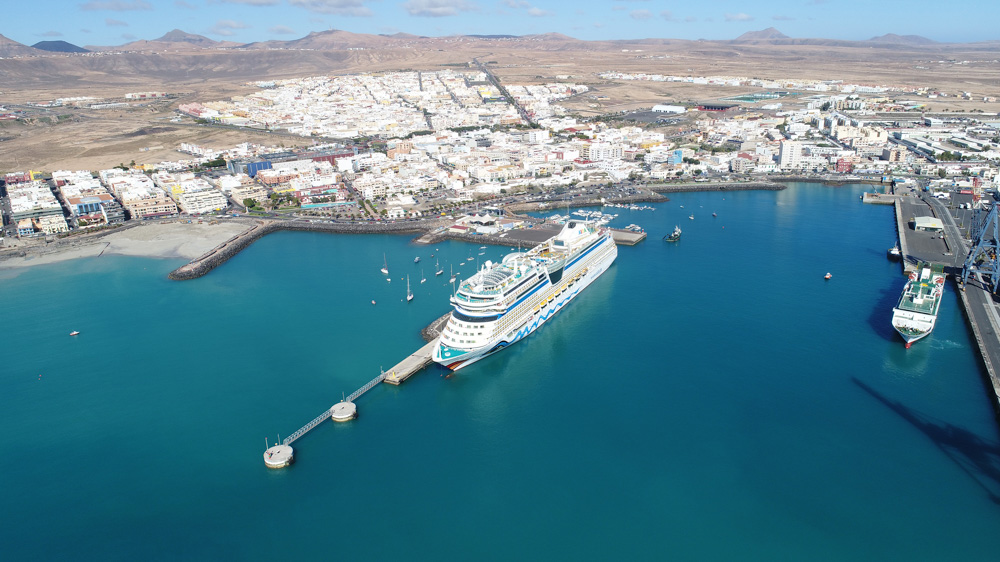
Local and regional governments from touristic areas have also reacted. Under the threat of rampant unemployment in the sector, governments in touristic areas, such as the Canary Islands in Spain, are proposing new measures. Along with the local port authorities of Las Palmas y Santa Cruz de Tenerife, they have established a technical committee to create a safe maritime corridor and restart cruises. This committee will coordinate a health protocol, that will include measures such as a mandatory health insurance for the cruise lines to cover all potential health expenses related to COVID-19 from the passengers, reduced capacity (not exceeding 60 to 70%), increased medical staff on board, a monitoring protocol and disinfection of ships after each travel. The main issue remains the coordination of the different initiatives at a higher scale. If the goal is the reactivation of the sector, including the traditional itineraries, it is necessary to harmonise the different measures imposed on a local or regional basis. Otherwise, the uncertainty will continue, raising insecurities on companies, travellers and local citizens.
The ports of the North Tyrrhenian Sea network have not only looked at measures designed to prevent and tackle the COVID pandemic, but over the summer they also used the resumption of ferry services to prepare for the return of cruise ships, and are now ready . These measures are focused on both workers and users of ports, bearing in mind that Livorno’s passenger terminal is operated by a private firm, Porto di Livorno 2000, whereas at the other ports in the regional network, passenger traffic is managed directly by the Port Authority. As a result, there are differences between the measures and associated documents, even though they come from an agreement between all of the institutional stakeholders in the sector, and notably those concerned by safety and security.
Health safety first – for crews also
As regards port users, Piombino and Portoferraio both began implementing their own measures and documents, owing to the continuation of passenger traffic during the pandemic. In Livorno too, documents were produced to accompany the resumption of passenger ferry services to Sardinia and Corsica (at the beginning and middle of June respectively). After the Decree by the President of the Council of Ministers was issued on 17 May (DPCM 17 maggio 2020), a Prevention and Protection Plan (PPP) was unveiled by the Port Network Authority, setting out guidelines for passenger traffic between Piombino, Portoferraio, Rio Marina and Cavo . A little later, in Livorno, following a “services conference” on 17 June between the Tuscany Region, the Municipality of Livorno, the Harbour Master’s office, the Maritime Health Bureau and the company Porto di Livorno 2000, a health protocol for the port zone was produced . Based on this document, the Port Network Authority issued another document focusing specifically on Livorno and containing general guidelines. Meanwhile, Porto di Livorno 2000 produced a special protocol for ferry passengers . Specific guidelines for cruise passengers would be drafted in collaboration with Italy’s other terminals and industry stakeholders.
It is clear that the ports are keen to restore cruises. However, the activity involves a large number of partners, and of course this will only be possible by strictly following national or international health protocols and measures. In the case of Bordeaux, the new Medoc installations have already been readied for the post-COVID rules. Although the cruise calendar for 2021 has not yet been changed, everything hinges on how the situation looks in late 2020 and early 2021, and on the financial situation of businesses operating in the industry. Until now, experts had expected “normal” service to be resumed by 2023, but there is hope that destinations seen as “safe”, with stringent health protocols, could regain the trust of cruise lines and passengers and return to normal before then.
Destination: business continuity!
The situation certainly remains very serious, though, not only in Europe. In Morocco, for example, as in other countries, strict social distancing measures have caused major disruption to everyday life, and to tourism in particular. These measures are being eased gradually as the situation is assessed in the various prefectures and provinces, with committees including the Health Minister, governors and Walis. In the specific case of the port of Tanger Ville, throughout the period during which port activities were on hold, the organisation worked on three areas. In terms of management, it set up a crisis unit to minimise the impact of the crisis, establishing direct contact with the competent authorities to resume activities as early as possible. The company also drew up a business continuity plan including all of the measures needed to combat any spread of the virus and analyse the risks of hosting passengers. In terms of infrastructure, all of the projects in the port zone have been respected, with public squares created, the avenue leading to the Port being widened, and the completion of work on the second dock basin. Finally, in terms of communication, the Port of Tanger Ville established contact with all of the industry stakeholders concerned, including ports and cruise lines.
Opportunities for rethinking the cruise-city-citizens relation
Governments around the globe are rushing to launch economic reactivation packages, at the cost of increasing national debt. Public investment, especially on infrastructure, has been pointed out as one of the key vectors to relaunch the economy, reduce the impact of the crisis and implement the goals of the green deal its sustainability. This public investment can accelerate the transformation of port facilities, reducing the environmental impact of cruise activities. The development of on-shore sustainable power supply for ships was already underway in many leading ports, it is necessary to intensify this transformation, forcing the industry to adapt.
Rethinking the scales of Cruises: size does matter!
Another key challenge is the scale of cruise ships and number of visitors. Capping has almost been considered as a taboo idea in the sector, even though before the COVID-19 port cities like Dubrovnik were already implementing it. It is time to consider measures to enable new systems in order to improve the management of cruise stopover, particularly in port cities with a fragile social and environmental balance. Restarting the sector provides the chance to have this discussion and consider what are the limits to our cities. As we have seen, the size of ships, building on economies of scale, imposes challenges to many port cities. Already before the pandemic, there were coordinated initiatives to lobby the industry from the port side.
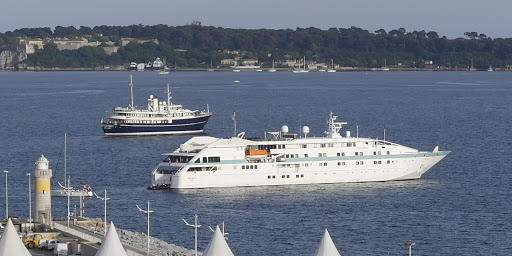
The Port Authority of Venice launched in 2019 the Cruise 2030 Call for Action in cooperation with eight European cruise ports to develop common strategies for sustainable cruises. The discussions continued in 2020 focusing on issues such as cleaner fuels, on-shore power supply, but also the problem of ship size, even proposing a “Europax class” ship size, more compatible with European seaports.
The tourism of tomorrow must be balanced – or there won’t be tourisme at all
It is also an opportunity to rethink the kind and intensity of tourism that is reasonable for port cities and coastal territories. One of the main issues before the pandemic was the concentration of visitors in specific ports and areas of the port cities. As said before, there is a considerable contrast between overtourism in some destinations, while others compete to attract cruise lines. The need to establish common health protocols, coherent to the different destinations along an itinerary is also a base to improve the coordination between ports to pressure for a balanced distribution of port calls and passengers.
Extreme cases in which tens of thousands of passengers arrive all at once have helped give the sector a negative image, which is also a factor in other cases where the contribution to mass tourism is not as significant. However, they continue to be closely associated with overtourism, while some of the positive secondary effects are not communicated as clearly. In this case, the biggest challenge lies in improving communication and coordination between all of the stakeholders concerned. Port cities, port authorities and businesses need to work together more closely on these issues. One of the key aspects highlighted at the height of the crisis, and vital for restoring traffic in ports, is the importance of communication, both between stakeholders in the industry and the authorities, and also with users and local residents. Communication will be crucial to the recovery, with a need for new campaigns to reassure the markets, cities, and the public. International organisations will have an essential role to play in restoring trust between all of the parties involved in the cruise industry ecosystem.
An ecological waterfront for turistic cities
For urban waterfront operations such as the port of Tangier Ville, the aim will be to combine the sustainable development priorities laid down in the initial environmental plan, with cruise activity. This could include measures now found in other ports, such as recycling demolition materials or dredged sand, and monitoring sediment and water quality. As regards cruise activities, the aim is to continue scheduling stopovers as has been done until now, with small and medium-sized cruise ships, in order to ensure optimum management of passenger traffic during on-shore excursions. The plan also includes investments in sustainable mobility for cruise passengers, such as a cable car. Designed to allow easier access between the Port and marinas, the city centre and the Medina (the old city), the cable car is an eco-friendly mode of transport that will provide cruise passengers with superb views of the Bay of Tangier and a fun way to reach the main places of interest in the city.
General conclusion
This pandemic has repeatedly highlighted weaknesses at various levels, in particular among decision-makers and authorities, whether locally, nationally or internationally. Their management led to delays in decision-making processes, allowing the virus to spread rapidly in the spring. There was rising confusion and contradictory information, leading to greater uncertainty and distrust among the public. As far as cruise traffic is concerned, the image of ships sailing from one country to the next looking for a port to shelter them has added a macabre touch to the symbolism of mass tourism that has come to be associated with cruises. Moreover, the relentless international media coverage in the online and offline press, TV, radio, seminars, and so on, only served to ramp up the uncertainty.
Global uncertainty: is there still love in the boat?
Today, that uncertainty remains. Despite on-going scientific research efforts, we still do not know how long the virus is likely to affect our lives. Consequently, tests and special conditions could continue in the short to medium term, and we will have no choice but to adapt, in both our personal and professional lives. Obviously, travel restrictions and border closures are always dependent on national governments, and this summer saw an explosion in local tourism, with many holidaymakers opting for “staycations” in their home countries or regions.
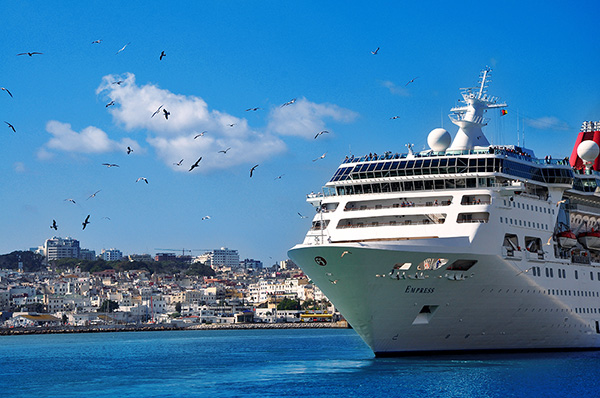
As a result, in this difficult context, it will be difficult to establish long term plans for the cruise industry, with the general consensus being that the sector will take two to three years to regain its momentum . However, if there is a positive to be taken from this pandemic, it should be seen as an opportunity to accelerate efforts aimed at better organising cruise tourism and a chance to rethink the relationship between the industry, cities, and the public.
Before COVID-19, there was often a kind of general acceptance that there was no way of reversing the trend, making the necessary changes and re-orienting the sector towards a new model. That has now changed, with the cruise industry forced to suspend operations and preparing to resume in the coming months. So it is vital to try and find new and more sustainable ways of accommodating cruise ships and their passengers in port cities, drawing on what we have learned from these last few months, and also what we already knew but were reluctant to consider, for fear of “slowing down the machine”.
There might not be a return of yesterday’s cruises
At the beginning of the article, we saw there was a need for the cruise industry to reinvent itself even before the COVID-19 crisis came along. Today, it is true that the challenges faced by the cruise sector and port cities, and the innovative solutions to allow activities to co-exist side by side, need to make way for other considerations, such as how to stop the virus from spreading on board.
It is also true that, once we have a clearer picture of the effects of this crisis, we will need to quickly return to the issue of sustainable cruises. The return of the waterfront, for example, with mixed-use passenger terminals where retail activities (shops, cafés, restaurants, etc.) could focus partly on local residents, is emerging as a possible means of tackling the societal issues posed by the crisis in the cruise industry.
Looking to a bigger picture than the pandemic: may cruises work in tandem with the territories
In that sense, while the first step currently consists of strengthening cooperation on health protocols and COVID-19 response measures in order to create international standards (with the same procedures applied in all countries), if cruise operators and port cities are to be allowed to return to business more efficiently, there is a need to look beyond the pandemic. Communication, which has often been found lacking recent months, will be crucial not just for collaboration between the various stakeholders concerned, but also as a way of bringing people together, getting feedback from customers and securing the consent of citizens. As we said in the introduction, the question is not “whether or not we want cruises”. We must ensure that the cruise industry works in tandem with territories to promote a brand of tourism that is more respectful of the environment, the city, and people.
